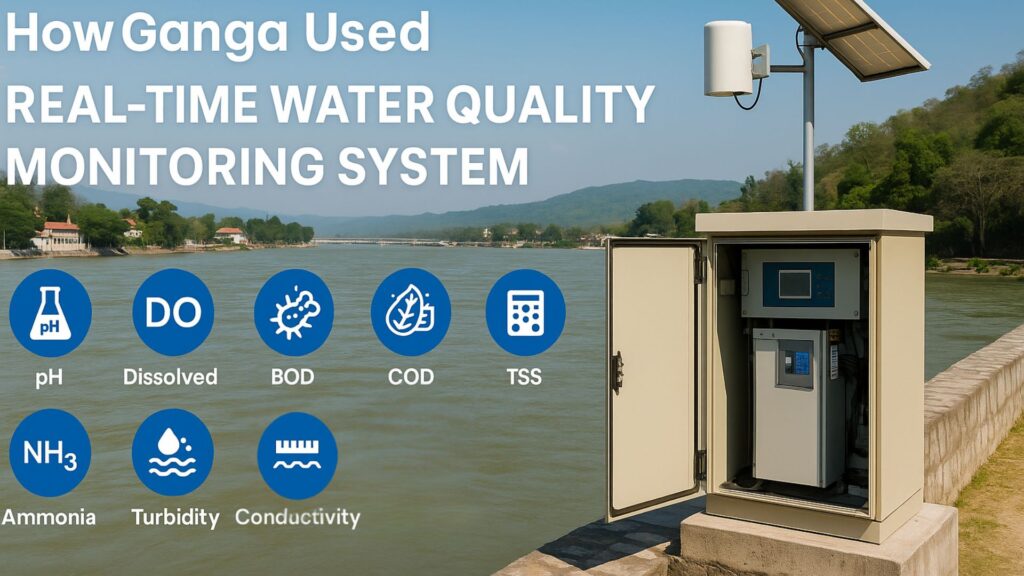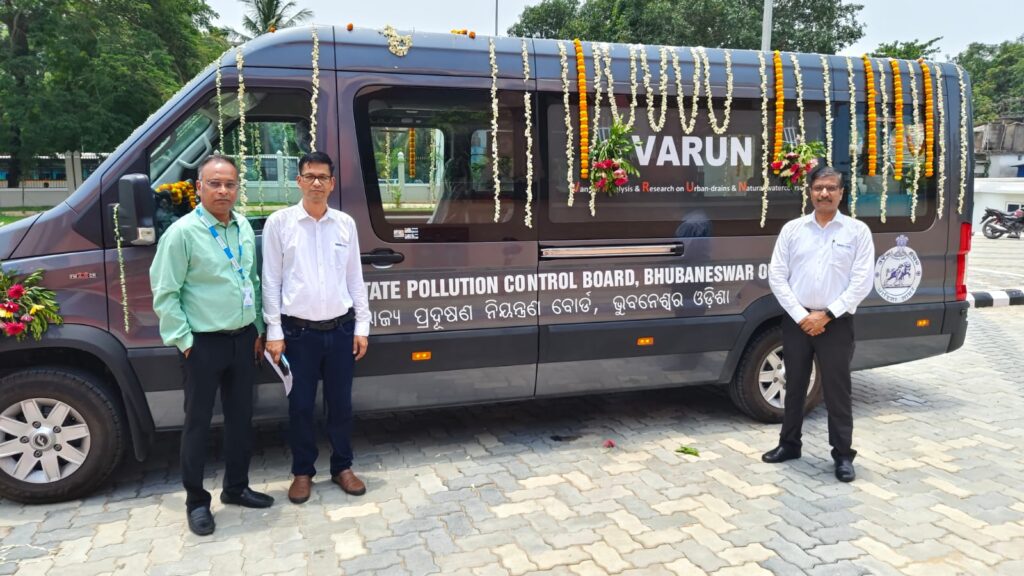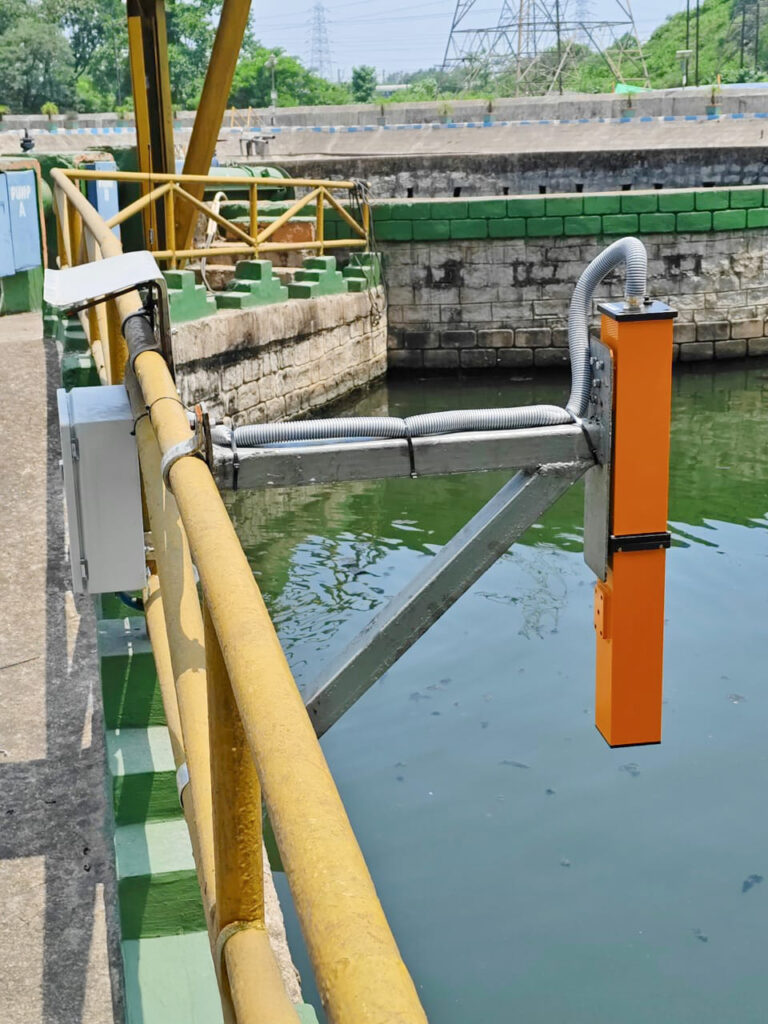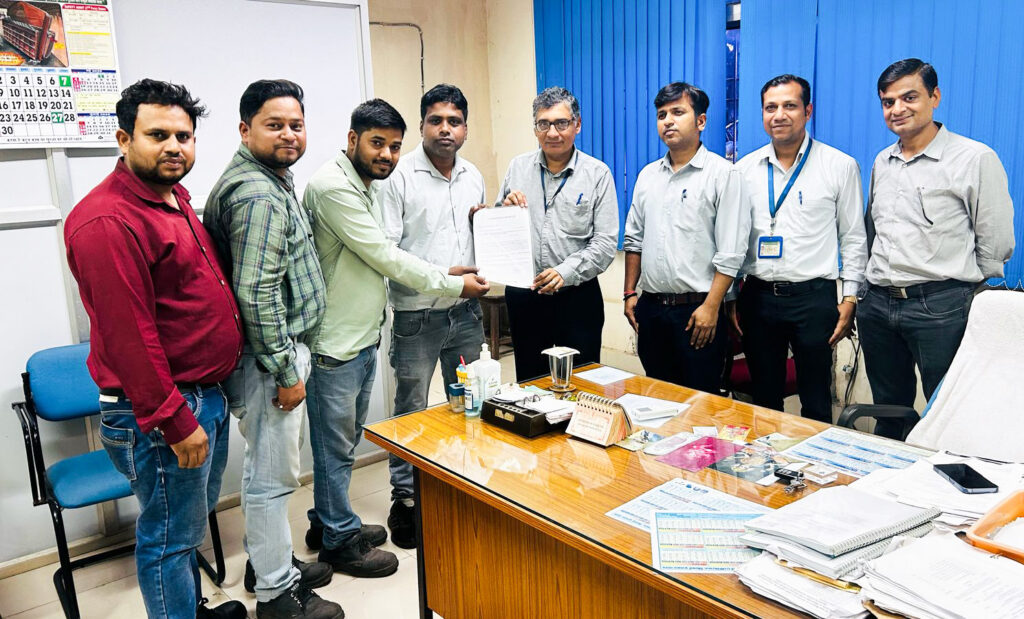Steam & Water Analysis System (SWAS) Reliable, Real-Time Boiler & Turbine Protection Steam and Water Analysis System (SWAS) plays a critical role in power plants, process industries, and refineries by continuously monitoring the quality of steam and water to prevent corrosion, scaling, and damage to expensive equipment. Whether you’re searching for steam and water analysis systems, understanding SWAS components, exploring SWAS working principles, or figuring out how SWAS protects turbines and boilers, this page answers it all. With integrated sampling systems, online analyzers, sensors, and cooling modules, SWAS ensures precise monitoring of parameters like pH, silica, sodium, conductivity, dissolved oxygen, and chlorides. These systems help ensure operational efficiency, equipment longevity, and regulatory compliance. At Aaxis Nano, advanced and customizable SWAS solutions are delivered to meet your specific industrial water quality needs. What is a Steam and Water Analysis System (SWAS)? A Steam & Water Analysis System is a precision-engineered solution designed to continuously monitor and analyze the quality of feedwater, steam, and condensate in high-pressure boilers and steam turbines. Key Objectives of SWAS: Protect turbines and boilers from corrosion, pitting, and scaling Parameters Monitored by SWAS The following parameters are critical to monitor in steam-water cycles: Parameter Importance in Plant Safety Conductivity Indicates dissolved ionic contaminants Silica Leads to turbine blade scaling Sodium Early detection of condenser leaks Dissolved Oxygen Corrosion risk indicator pH Monitors acid/base levels – essential for corrosion control Chlorides Aggressive corrosion when combined with oxygen Cation Conductivity Detects early-stage contamination in steam cycle Main Components of a SWAS Package A well-designed SWAS system typically includes: 🔸 Sample Conditioning System Sample Coolers: Reduce temperature to analyzer-safe levels Pressure Reducers: Control flow rate and pressure Sample Racks: Modular housing for analyzers and instruments 🔸 Online Analyzers Silica Analyzer Sodium Analyzer Conductivity Meter pH and ORP Sensors Dissolved Oxygen Analyzer 🔸 Sample Transport System Stainless steel tubing, heat tracing, and cooling water arrangement for sample preservation 🔸 Panel Enclosure Skid-mounted or wall-mounted with weatherproof options Often designed with PLC/SCADA connectivity How Does SWAS Work? 1. Sampling: Hot steam or water is drawn from critical points like drum, superheater, or turbine inlet. 2. Cooling & Conditioning: The sample is cooled using sample coolers and pressure is regulated. 3. Analysis: It’s then sent to various sensors/analyzers to monitor chemical parameters in real-time. 4. Alert & Record: Data is logged and alerts generated if thresholds are breached. 5. Data Communication: SCADA or DCS integration ensures centralized monitoring and reporting. Applications of SWAS 🔹 Power Plants Monitoring drum water, condensate, feedwater, and main steam lines 🔹 Refineries & Petrochemical Plants High-purity water loop protection 🔹 Process Industries Ensures quality of utility steam and process water 🔹 Desalination & Nuclear Facilities Ultra-critical quality assurance for high-stakes operations Advantages of Steam & Water Analysis Systems Prevents equipment failure Reduces downtime and maintenance costs Enhances operational safety Ensures compliance with regulatory water chemistry standards Enables predictive maintenance through trend data Why SWAS is Non-Negotiable for Modern Plants With tighter safety margins, expensive turbines, and stricter compliance standards, having a SWAS system is no longer optional. It is essential for: Reducing capital asset loss Maintaining boiler efficiency Meeting global power plant chemistry standards (ASME, EPRI) SWAS Solutions Offered by Aaxis Nano Aaxis Nano provides custom-engineered SWAS panels with: Modular or compact SWAS panels Integration with CEMS, OCEMS, or SCADA systems High-quality analyzers from international and Indian OEMs Pre-installed with sample coolers, racks, sensors, and data acquisition Custom designs for thermal, nuclear, and combined cycle power plants We also offer end-to-end service including: Design, engineering & fabrication Installation, commissioning & training Annual maintenance contracts (AMCs) FAQs – Steam & Water Analysis System (SWAS) Q: What is SWAS used for?A: It’s used to monitor water and steam chemistry in power plants and process industries to prevent corrosion and damage. Q: Which analyzers are typically included?A: Silica, sodium, conductivity, pH, and dissolved oxygen analyzers. Q: Where is SWAS used?A: Power plants, refineries, nuclear stations, chemical plants, and anywhere steam generation occurs. Q: Is SWAS mandatory in India?A: Yes, most power utilities require it to meet operational and safety standards. Final Words A Steam & Water Analysis System (SWAS) is the first line of defense against corrosion, efficiency loss, and catastrophic equipment failures in steam-driven operations. Its real-time, automated monitoring protects capital investment and ensures safe, compliant, and uninterrupted operations. If you’re looking for a reliable, customizable, and industrial-grade SWAS, Aaxis Nano provides the perfect solution—with complete engineering, installation, and lifecycle support. 👉 Contact us today to get a free consultation.





